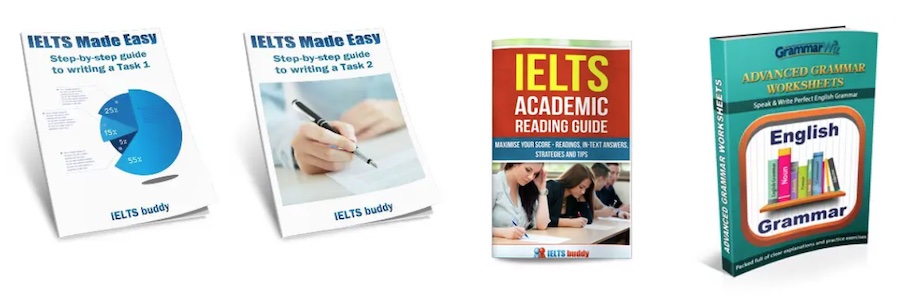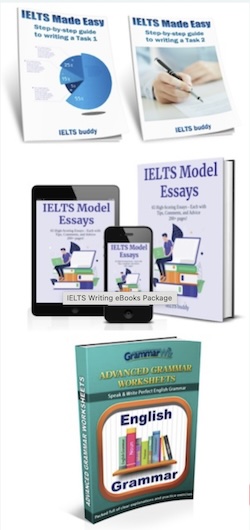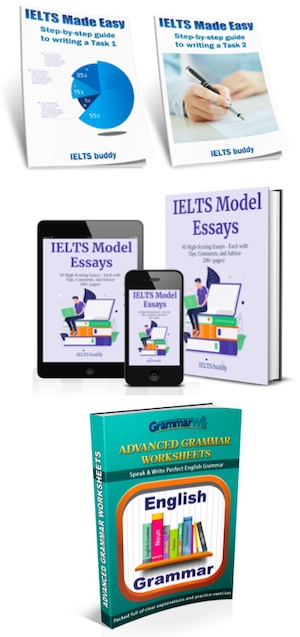- Home
- Practice Tests
- Test 1 (Section 2)
IELTS General Reading Practice Test
This is IELTS General Reading Practice Test 1 Section Two. As in section one, you have questions based on factual information.
In this practice test you have to match headings to sections / paragraphs.
Test 1:
Section Two
Questions 15-21
The text below has seven sections, A-G.
Choose the correct heading for each section from the list of headings below the reading. Write the correct number i-x in the boxes below.
There are more headings than sections so you will not use them all.
Managing the health and safety of seating in the workplace
A. Workstation design should be based on a careful assessment of all aspects of the job to ensure that each task can be carried out safely, comfortably and as efficiently as possible. A well-designed workstation allows the worker to be seated at a comfortable height and position in relation to the work.
B. Finding the best kinds of chairs for employees can involve carrying out user trials. For example, people of different shapes and sizes could try out a sample seat for a period. Some suppliers may be willing to supply seating on approval. Nevertheless, it is recommended that employees and safety representatives are consulted on any changes to be made to the workplace or workstation, and this includes seating.
C. To ensure that seating is safe and has a good service life, it must be treated properly. It is bad practice to put undue pressure on the armrests by sitting on them, or leaning too heavily over them. Rocking backwards and forwards may cause damage or cause the seat to become unsafe. Employers need to ensure that seating remains in a clean, safe condition, checking seating regularly for signs of damage or excessive wear.
D. Employers need to be able to spot the signs that suggest seating is uncomfortable. Simply asking employees if their seat is comfortable is sometimes enough to assess whether a problem exists. It is better for employers to take the initiative in providing suitable seating, and not wait until complaints are received or until workers take time off with back pain. Employees also need to play their part by telling their employers if seating is unsuitable or unsafe.
E. Employers need to ensure that work is organised to allow people to be seated wherever possible. In some circumstances, however, sitting may not be possible, for instance where work has to be done over a large area or where constant handling of heavy objects cannot be avoided. In this case, employers need to ensure that workers take adequate rest breaks and that suitable comfortable seating is provided during those breaks.
F. Particular arrangements or design may need to be taken into consideration for some employees so that a disabled person is not at any substantial disadvantage compared with a non-disabled person. For instance, workers using wheelchairs may need to have the workstation access widened and the height of their workstation modified and pregnant workers may require seating that can be adjusted without requiring awkward, bent postures.
G. Employers must make sure they have assessed any dangers or possible harm in the workplace, including seating. This involves identifying hazards and deciding whether enough has been done to prevent harm to people. Achieving this involves certain steps that employers can take such as looking for the hazards, deciding who might be harmed, evaluating the dangers, and recording the findings.
List of Headings:
- Prevention is better than cure
- Dealing with complaints
- Seating maintenance
- How to do a risk assessment
- Adaptations for pregnant employees
- Accommodating sitting and standing at work
- Planning the workstation
- Individuals with special needs
- Selection of seating
- Advantages of taking a break
- Section A
- Section B
- Section C
- Section D
- Section E
- Section F
- Section G
Questions 22-28
Complete the sentences below.
Choose NO MORE THAN THREE WORDS from the text for each answer.
NHS Hospital Job Interview Guidelines for Managers
Interview Process
All candidates should receive at least 7 days’ notice of the interview. Hiring Managers should provide interview details to the Human Resources (HR) department in a timely way so that applicants can be well prepared for interview.
All interview panels should have at least two members to ensure objectivity. The chair of the interview panel will normally be the Appointing Manager. Where interviews for specialist or senior clinical positions take place, the Appointing Manager may wish to include an outside assessor. At least one member of the interview panel must have attended recruitment and selection training.
The interview panel should meet at least 20 minutes prior to the interview to discuss the structure of the interview and the questions each panel member will ask. Depending on the seniority of the post, interviews should last between 30-60 minutes. If any other method of selection (e.g. a test) or a tour has been arranged, candidates will be notified in the interview letter.
Interviews should take place in a quiet room away from ringing phones and disruptions. Panel members should ensure other members of their department/colleagues know they are interviewing so that they are not interrupted.
The HR Department will circulate the interview papers to all panel members electronically at least two working days before interviews are due to take place, unless alternative arrangements have been made. Managers should ensure they have checked the relevant documents such as passport, NI number, and any qualification certificates before the candidate leaves.
Note taking
It is vital to have a written record of what took place during an interview to avoid final assessments being subjective, to help remember candidates and to compare candidates answers. At least one member of the panel should take notes during the interview. Candidates should be told at the start of their interview that notes will be taken.
Panel members will also have the Interview Report Form against which they can determine whether or not individuals have or have not met the essential and desirable criteria from the person specification.
Appointment Process
Although it is recommended that the panel reach a consensus on their decision to appoint, ultimately the decision resides with the Appointing Manager.
The completed Interview Decision Form should be sent with all notes, selection test information, interview questions and the application forms to the HR Department.
Upon receipt of the documentation the HR team one working day later will issue a conditional offer of employment, subject to employment checks to the candidate.
- It is important to have more than one person on the interview panel so is maintained
- If alternative selection methods are to be used, the candidate must be in advance
- All the interview documents should be distributed to panel members by the prior to the interviews
- Taking notes is beneficial because it means that the panel will be able to the responses given by candidates
- The ensures members can assess whether the essential and desirable criteria were met
- The final appointment not with the panel but with the Appointing Manager
- Any offer of work will be on the successful candidate passing the employment checks
Comments
Any comments or questions about this page or about IELTS? Post them here. Your email will not be published or shared.












